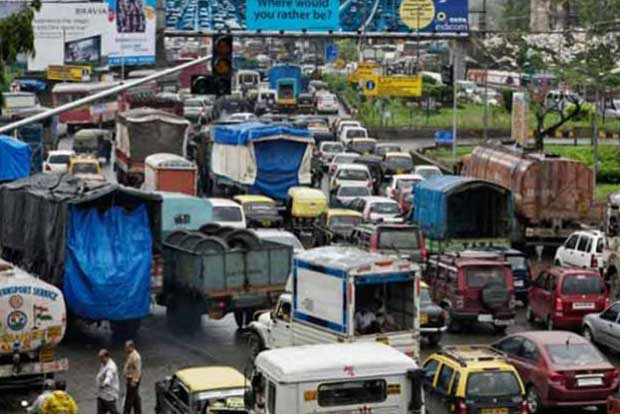Begin typing your search...
India needs to improve, says WHO report on road safety
Data collected from 180 countries for the 2015 WHO Global status report on road safety revealed that India has to make major improvements to reduce fatalities and accident-related injuries

Chennai
Traffic accident data was collected from the union ministry of road transport and highways based on a population of 125, 21, 39, 596. Reported road traffic fatalities were 1,37,572 of which the highest (34 per cent - 46, 774) was among two- and three-wheeler drivers, followed by 13 per cent _ 17, 884 among passengers and drivers of heavy trucks.
Cyclists’ deaths were four per cent numbering 5,502 while 12381 (9 per cent) pedestrians were killed. Deaths in passenger buses and drivers in cars were both seven per cent, numbering 9,630. Deaths among passengers in cars was 10 per cent numbering 13,757. In the national motorcycle helmet law, drink-driving law and seat belt law categories, India scored a poor four in a scale of 1 to 10, with ten being the highest. The score was 3 for the national speed limit law.
Though the nation had laws against use of hand-held and handsfree mobile phones, there was no national law against child restraint specially if seated in the front seat.
Globally, 1.25 million people died annually, the survey revealed adding that road deaths were stabilizing globally despite increased vehicles and population. In the last 3 years, 79 countries saw a lowering in fatalities while 68 countries saw increased fatalities. Improvement came through legislation, enforcement and better roads and safer vehicles.
Road users had unequal protection across the globe and risk of death in a road accident depended on where people live and how they move around, it stated. Middle and low income countries which had just 54% of the world’s vehicles accounted for 90% of traffic accidents, according to the survey. Europe’s wealthy nations had the lowest death rates while it was highest in Africa.
In the last three years, 17 countries aligned at least one law with best practice on seat-belts, drink–driving, speed, motorcycle helmet or child restraints.
Visit news.dtnext.in to explore our interactive epaper!
Download the DT Next app for more exciting features!
Click here for iOS
Click here for Android
Next Story



